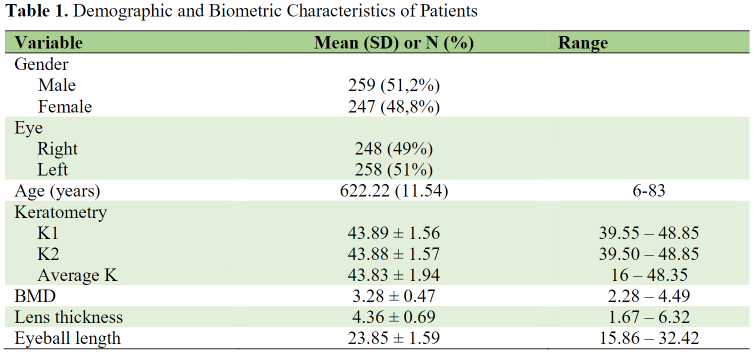Clinical Outcome in Lens Drop evacuation after a High-Risk Characteristics Proliferative Diabetic Retinopathy Post Pars Plana Vitrectomy Case Poster Presentation - Case Report - Ophthalmologist
Abstract
Introduction : Vitrectomy surgery affects zonular strength, which increases the risk of lens drop and can be sight- threatening if not managed correctly. Pars plana vitrectomy (PPV) and evacuation of dislocated lens fragments have to be done very carefully.
Case Illustration : A 42-year-old female with blurred vision in the right eye for two months and a history of right-eye surgery three months ago due to proliferative diabetic retinopathy (PDR) was tamponed with SF6 gas. On examination was found visual acuity (VA) was 6/120, with cloudy lens and attached retina. The patient was diagnosed with a right-eye complicated cataract with advanced PDR post-PPV and planned to undergo phacoemulsification. While waiting for the surgery, the lens dropped into the posterior chamber, then planned to do the evacuation immediately. Dropped lens evacuation, PPV, retro-pupil IOL implantation, and silicone oil (SO) tamponing were done. Two months after the SO evacuation, the best corrected VA improved to 6/15.
Discussion : Cataract progression after vitrectomy is common. In a vitrectomized eye, there is a lack of vitreous tamponade and a less stable lens. Peripheral zonules are attached to the pars plana, which can be disrupted during the vitrectomy surgery. Improvements in visual acuity and lower rates of complications were found if the lens fragment was evacuated soon.
Conclusion : Cataract surgery is better done soon after PPV to prevent dropped lenses into the posterior chamber, whether the zonulisis sign is seen or not. The interval between the dropped lens incident and evacuation was associated with better final visual outcomes.
Full text article
References
(-)
Authors

This work is licensed under a Creative Commons Attribution-NonCommercial-ShareAlike 4.0 International License.



